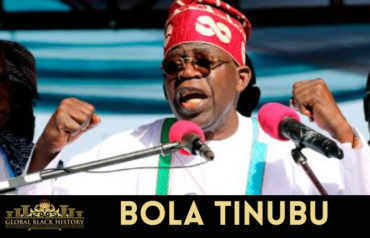
The trade that existed among the people south of the Zambezi around AD915 was between neighboring tribes. Muslim traders had trading centres in the north and east Africa then expanded their trading activities to the south of the Zambezi region. The Muslim traders exploited the Africans by giving them cloth and guns of inferior quality in exchange for gold and ivory.
The Muslim traders took the gold to Asia and traded it there and quadrupled their profits. The African governments in the region were sustained through taxation and tribute system.
Taxation was paid in the following way
- Farmers paid using grain and livestock
- Hunter paid using meat and animal skins which were used for clothing and bedding etc.
- Blacksmiths paid using tools and weapons of iron
- Women and children worked in the ruling class’ fields to grow their food
This system of trade was disrupted by Muslim merchants who wanted the trade to be exclusive to gold and ivory. They did this by creating a new class through establishing a new social class called the ‘collaborators’. These collaborators came from the ruling class.
The Muslim traders also used brutal force to acquire the gold that they wanted from the Africans. In the beginning Africans only traded during the dry season when there was no agricultural activity and went mining during this time. Since there was no satisfying the Muslim traders insatiable appetite for gold and ivory they wanted the Africans to make this an all year activity. Rulers who resisted were assassinated and their governments overthrown. The Muslim traders sought to dominate the control the region south of the Zambezi.



